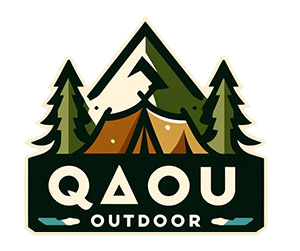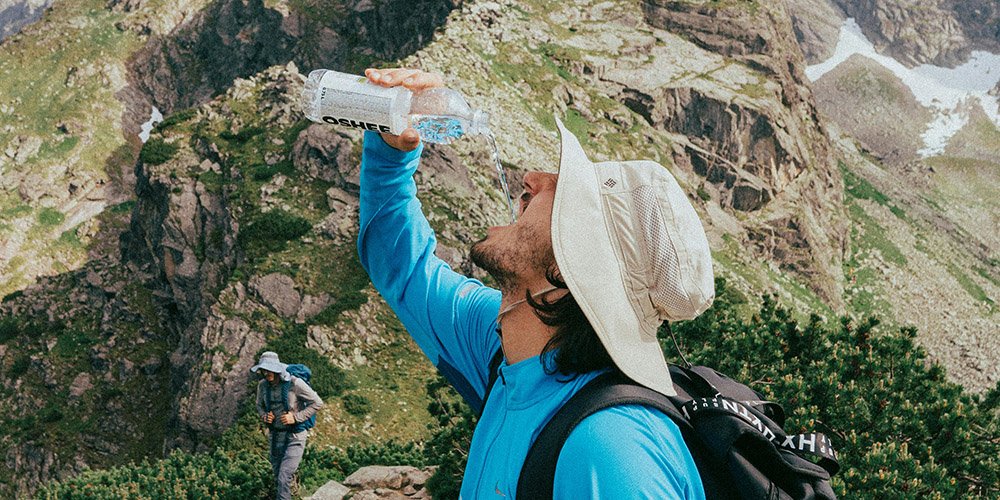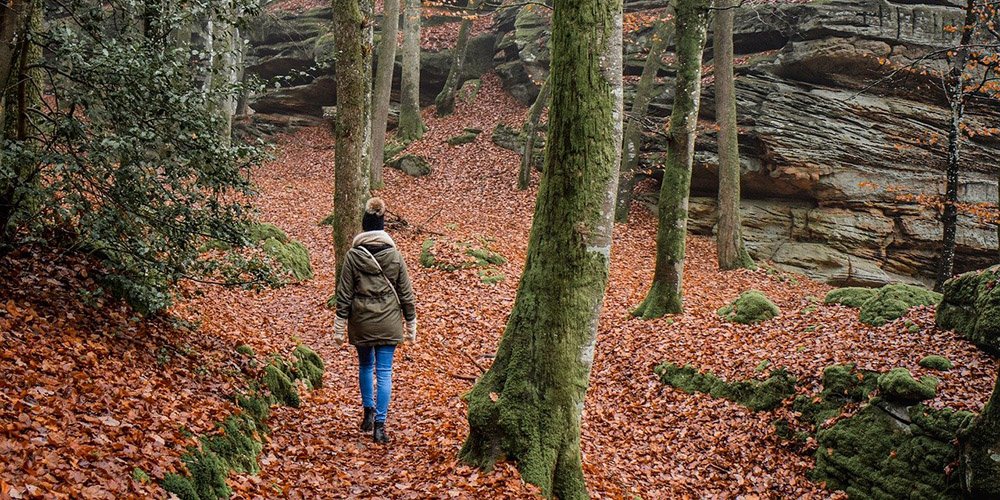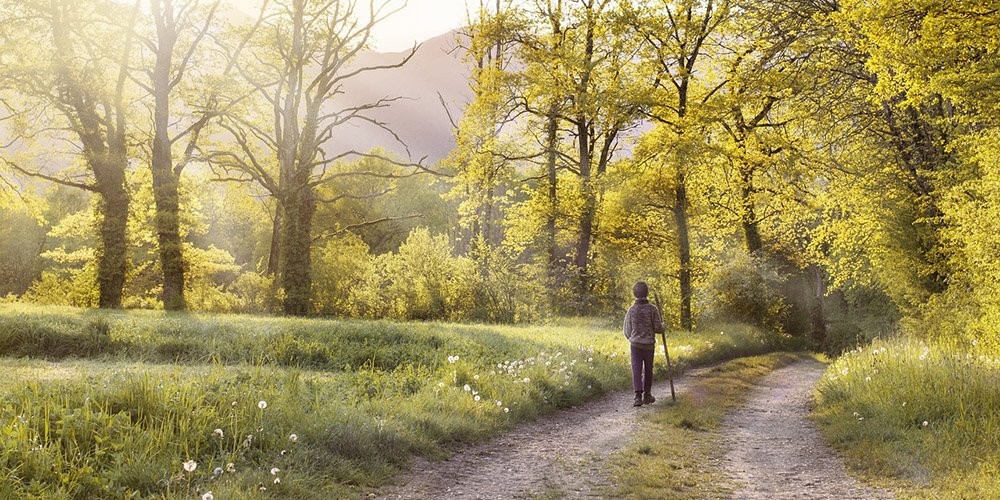Does Hiking Build Muscle? Yes and No.
Hiking is widely recognized as a fantastic way to improve both physical and mental fitness. However, many people wonder whether it can actually help build muscle. At first glance, hiking may not seem like a muscle-building activity—it’s more about endurance and cardiovascular benefits. Yet, with the right approach and consistency, hiking can contribute to muscle development, particularly in your lower body. Let’s explore how hiking affects muscle growth and what you can do to maximize its benefits.
How Does Hiking Build Muscles?
While hiking won’t give you the ripped, bulky muscles that weightlifting does, it can help develop and strengthen certain muscle groups. The key factors that influence muscle-building through hiking include:
- The type of terrain
- The intensity of your hike sessions
- How often you hike
If your hikes are infrequent, on flat terrain, and relatively short, you’re unlikely to see significant muscle gains. On the other hand, regular, challenging hikes on steep terrains can help build strength and endurance in your lower body.
Here’s how to get the most muscle-building benefit from hiking:
- Hike regularly: Aim to hike at least once a week.
- Cover longer distances: Hiking for at least four hours, with breaks, can help build endurance and muscle strength.
- Choose steep terrains: Inclined trails require more lower-body engagement, promoting muscle development.
Also read: Why Is Hiking Such a Complete Lower Body Workout? Find Out!

Which Muscles Does Hiking Target?
Hiking primarily works the muscles in your legs. It engages both the upper and lower leg muscles, helping to strengthen and tone them over time. Here’s a breakdown of the key muscle groups involved:
1. Glutes (Buttocks)
Your glutes are heavily engaged when hiking uphill. Inclined terrains force these muscles to work harder to propel you forward.
2. Quadriceps (Front Thighs)
The quads are one of the most engaged muscle groups during hiking. They help you push off the ground and control your movements, especially on steep inclines.
3. Hamstrings (Back Thighs)
The hamstrings work alongside the quads to stabilize your legs and control your descent on downhill sections.
4. Calves
Your calf muscles play a significant role in hiking, particularly when climbing hills. They help you push off the ground and maintain balance.
5. Plantar Fascia Muscles (Feet)
These muscles in your feet help absorb shock and support your arches as you walk over uneven terrain.
6. Shin Muscles
Hiking on uneven surfaces strengthens your shin muscles, helping to prevent shin splints and improve overall stability.
A study presented at the International Society of Biomechanics in Sport found that hiking on a 12-degree incline engages your leg muscles 3.3 times more than hiking on flat ground. So, if you want to build strength, seek out those hills!
The Role of Hiking Poles
If you use hiking poles, you can also engage your upper body to some extent. Poles help distribute the workload across your arms, shoulders, and back. While this won’t result in bulging biceps, it can improve upper-body endurance and stability.

Tips to Maximize Muscle Gains from Hiking
Consistency is key if you want to see muscle-building benefits from hiking. Here are some additional tips to make the most of your hikes:
- Incorporate steep climbs: The steeper the trail, the more muscle engagement you’ll achieve.
- Increase your pace: Hiking at a faster pace can increase the intensity and engage more muscle fibers.
- Carry a weighted backpack: Adding some weight to your backpack can turn your hike into a strength-training session.
- Include stair climbs: If you don’t have access to steep trails, stair climbing can be a great alternative.
Hiking for Overall Fitness vs. Muscle Building
While hiking can help build muscle, it’s better suited for improving overall fitness and endurance. Hiking is a cardiovascular activity that promotes heart health, weight loss, and mental well-being. It’s more about improving your endurance, flexibility, and balance rather than packing on muscle mass.
If your primary goal is muscle building, you’ll need to incorporate resistance training, such as weightlifting, into your fitness routine. However, hiking can complement weight training by improving your cardiovascular fitness and strengthening your lower body.
Additional Benefits of Hiking
Besides muscle-building and endurance, hiking offers numerous other health benefits:
- Enhanced immune function: Regular physical activity, such as hiking, has been linked to better immune system performance.
- Stress relief: Spending time in nature has been shown to reduce stress and improve mental health.
- Improved posture: Regular hiking can help strengthen your core and improve your posture.
- Weight management: Hiking burns calories and helps maintain a healthy weight.
Also read: Is Hiking a Sport? Exploring the Debate and Defining the Activity

Getting Started with Hiking
If you’re new to hiking, here’s how to get started:
- Gear up: Invest in good hiking shoes, clothing, and poles to reduce the risk of injury.
- Plan your route: Choose trails that match your fitness level and gradually increase the difficulty.
- Bring a buddy: Hiking with friends or joining a hiking group can make the experience more enjoyable.
- Pack wisely: Bring water, snacks, and a first aid kit to stay safe and hydrated.
- Know your limits: Don’t push yourself too hard. Gradually build your endurance and strength over time.
Final Thoughts
Hiking can build muscle, but it won’t give you the same results as weightlifting or resistance training. Instead, it’s an excellent way to improve your overall fitness, strengthen your lower body, and enhance your mental well-being. By incorporating regular hikes, especially on steep terrain, you can develop stronger legs and a more resilient body.
Ultimately, hiking is more about endurance and cardiovascular health. However, with the right approach, it can also contribute to your muscle-building goals. Stay consistent, challenge yourself, and enjoy the journey—your body will thank you for it.








